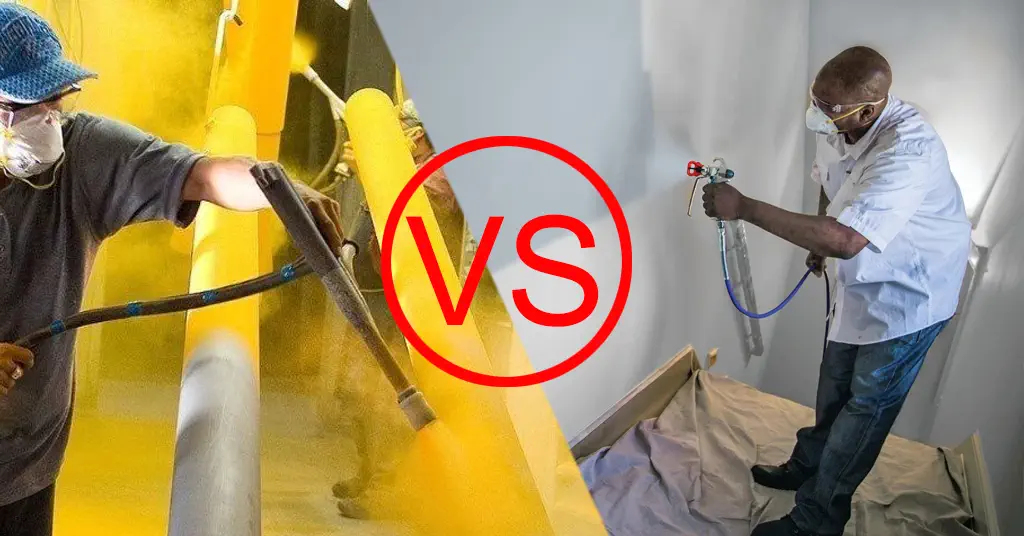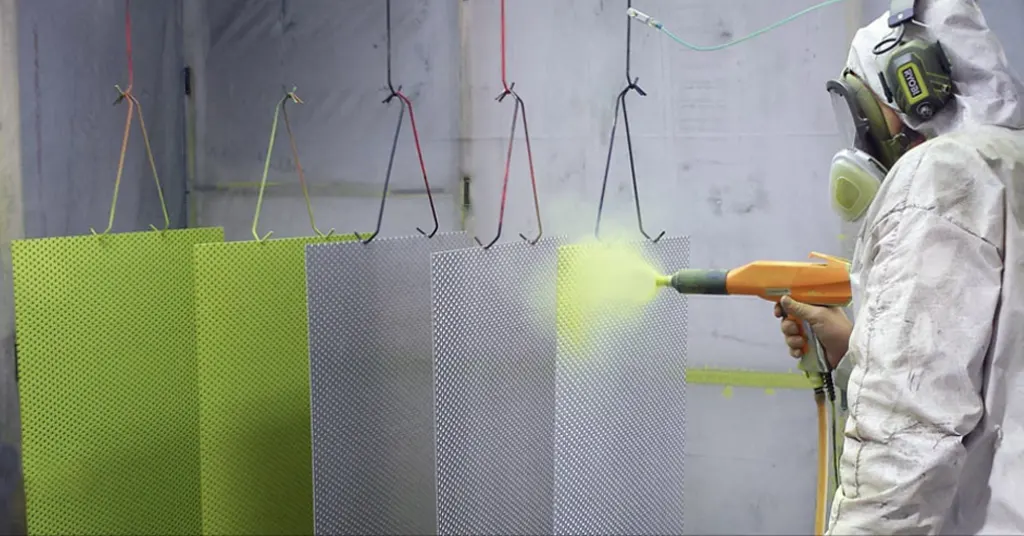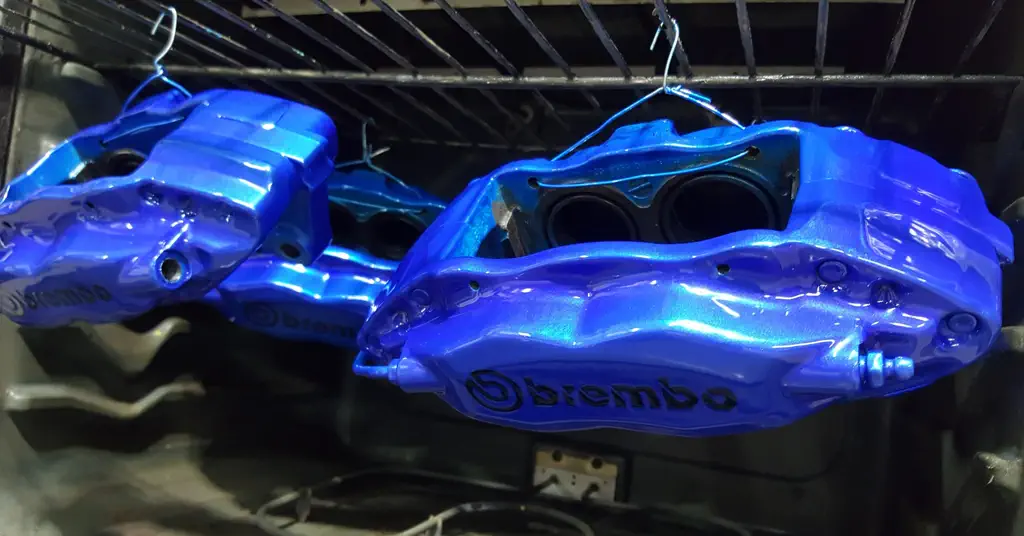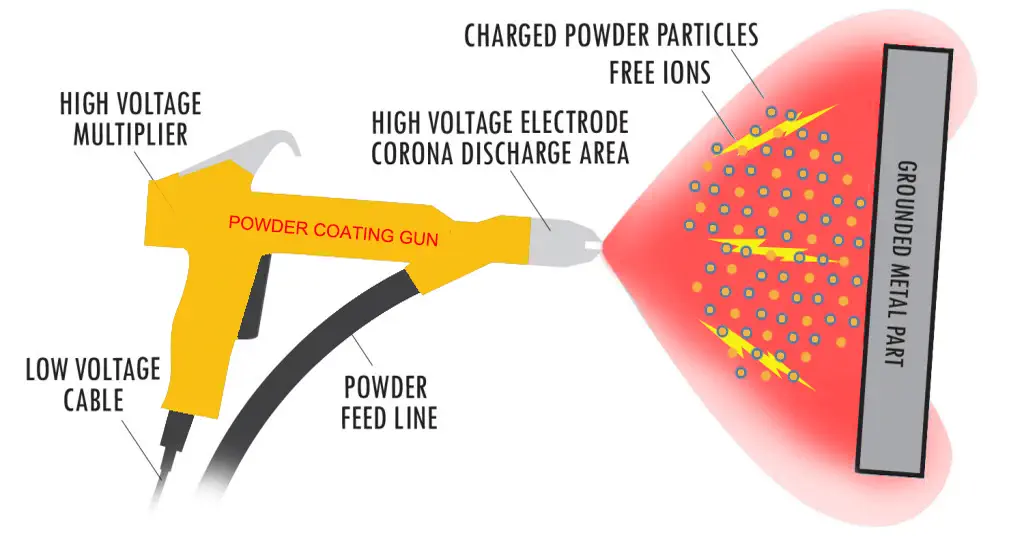How to optimize the curing temperature of powder coatings for washing machines?
Powder coating ensures washing machines are durable, corrosion-resistant, and visually appealing. Getting the curing temperature right is key to achieving strong adhesion, long-lasting finishes, and energy efficiency. As a trusted powder coating manufacturer with over 20 years of experience, we provide tailored solutions for appliance manufacturers, coating specialists, and quality control teams. This guide offers clear, practical steps to optimize curing temperatures for washing machine components, helping you boost production quality and reduce costs.
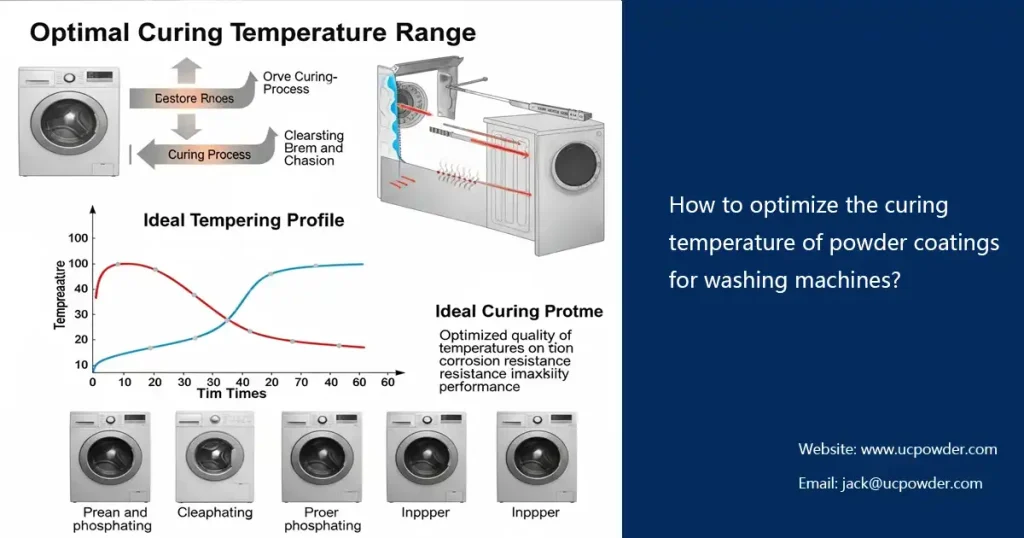
Why Curing Temperature Matters for Washing Machines?
Curing temperature determines how well powder coatings bond to washing machine parts like steel drums, aluminum cabinets, or plastic panels. Proper curing ensures:
- Durability: Coatings resist moisture, detergents, and wear (meeting ISO 12944 standards).
- Aesthetics: Smooth, glossy finishes enhance product appeal (60–80 gloss units per ASTM D523).
- Efficiency: Optimal temperatures reduce energy use and production time.
Incorrect curing can cause issues like peeling, bubbling, or fading. Our expertise in powder coating formulations helps you avoid these problems and achieve consistent results.
How to Optimize Powder Coating Curing Temperature ?
1. Customize the curing temperature based on the substrate
| Part | Curing Temperature | Curing Time | Coating Type | Why | Tip |
|---|---|---|---|---|---|
| Galvanized Steel Drums | 180-190°C | 12-15 minutes | Epoxy-polyester hybrids | Ensures strong adhesion and corrosion resistance (500-hour salt spray test, ASTM B117). | Preheat at 120°C for 5 minutes to prevent outgassing and pinholes. |
| Aluminum Cabinets | 170-185°C | 10-12 minutes | Polyester coatings | Prevents warping while delivering a glossy finish (80% gloss retention, ASTM G154). | Use infrared ovens for precise heat control on thin panels. |
| Plastic Control Panels | 140-160°C | 8-10 minutes | Low-temperature powders | Avoids deformation while ensuring coating hardness. | Test substrate heat tolerance to confirm compatibility. |
Our powder coatings are designed specifically for these substrates and provide detailed curing guidelines. If you have any needs in this area, please contact us immediately for a free powder coating curing guide!
2. Choosing the Right Powder Coating
| Coating Type | Curing | Best for | Performance |
|---|---|---|---|
| Epoxy-polyester hybrids | 180°C for 15 minutes or 190°C for 12 minutes | Inner drum components, providing 500-1000 hours of corrosion resistance | Strong adhesion (5B rating, ASTM D3359) and detergent resistance |
| Polyester coatings | 190°C for 12 minutes or 200°C for 10 minutes | Exterior panels, with excellent UV stability (1000 hours QUV test, ASTM G154) | High gloss and scratch resistance |
| Low-temperature powders | 140-150°C for 10-12 minutes | Plastic parts or energy-conscious production | Saves 15-20% energy while maintaining durability |
3. Selecting the Best Curing Oven
| Oven Type | Settings | Best For | Tip |
|---|---|---|---|
| Convection Ovens | 180-200°C, ±5°C uniformity | Large parts like cabinets | Use variable-speed fans to cut curing time by 10%. |
| Infrared Ovens | 170-190°C, 8-10 minute cycles | Flat panels, 30-50% faster curing | Match emitter wavelength to coating for efficiency. |
| Hybrid Ovens | 175-185°C with zoned heating | Complex parts, saving 15% energy | Use PLCs for dynamic temperature control. |
Energy-Saving Tips for Sustainable Production
Sustainability and cost savings go hand in hand:
- Low-Temperature Powders: Cure at 140–150°C, reducing energy use by 20% (e.g., 0.5 kWh saved per cycle on a 100 kW oven).
- Zoned Ovens: Preheat, cure, and cool in separate zones to save 10–15% energy.
- Automated Controls: PID controllers maintain ±2°C accuracy, cutting waste by 5–10%.
- Heat Recovery: Reuse exhaust heat to preheat parts, saving up to 20% on energy costs.
Our eco-friendly coatings comply with REACH and RoHS, supporting green manufacturing.
Ensuring Quality and Troubleshooting Defects
Regular testing ensures high-quality coatings:
- Adhesion (ASTM D3359): Confirm 4B–5B ratings for strong bonding.
- Impact Resistance (ASTM D2794): Test for 160 in-lb direct impact to ensure durability.
- Corrosion Resistance (ASTM B117): Verify 500–1000-hour salt spray performance.
| Defect | Cause | Fix |
|---|---|---|
| Orange Peel | Uneven heat or low temperature. | Increase airflow or raise temperature by 5°C (within range). |
| Pinholes | Substrate outgassing. | Preheat at 120°C or use our anti-gassing coatings. |
| Soft Coating | Under-curing. | Extend time by 2-3 minutes or check oven calibration. |
FAQs About Powder Coating Curing for Washing Machines
The ideal curing temperature for steel drums is 180–190°C for 12–15 minutes using epoxy-polyester hybrids. This ensures strong adhesion and corrosion resistance (500-hour salt spray test, ASTM B117). Preheating at 120°C prevents outgassing defects.

Erik
Doctor of Chemical Engineering, expert in the field of powder coatings, with over 20 years of professional experience in the research and application of powder coatings
Latest news
Have Anything To Ask Us?
